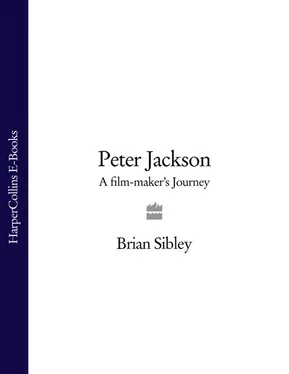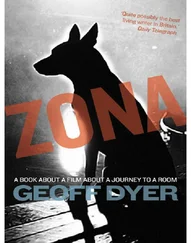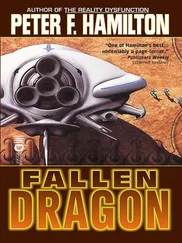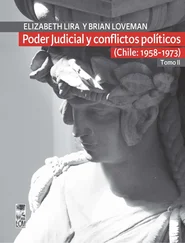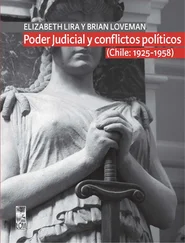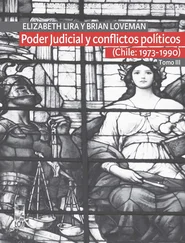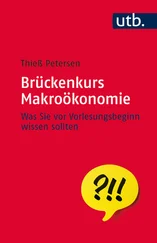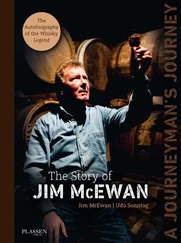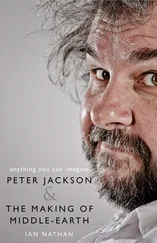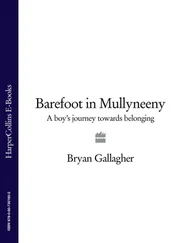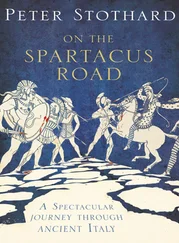The film that is to be shown to the audience privileged to have a sneak peak at the Embassy’s revitalised Twenties opulence is a tale of two girls who retreat into a shared world of fantasy and then commit a shockingly violent crime. Made in 1994, Heavenly Creatures was based on the true story of the Parker/Hulme murder case that, forty years earlier, had rocked New Zealand society. Heavenly Creatures was Kate Winslet’s movie debut and the fourth feature film to be directed by Peter Jackson.
Some of the guests drinking champagne and nibbling canapés are wondering whether the acclaimed director is going to turn up to the event; those aware of Peter’s well-documented reputation for avoiding public appearances will be very surprised if he does. But the truth about what Peter is actually doing on this evening, instead of attending the bash at the Embassy, provides a pin-sharp focus on the Jackson character.
So, where is Peter Jackson? Peter Jackson is watching a movie; it’s not one of his own, but an old movie: in fact, 70 years old.
Peter is screening this old movie for an audience that includes animators, model-makers, visual-effects artists and a group of Hollywood executives with whom Peter will be working on his next film.
The screening is being held this evening because the print of this old movie has been flown in from Los Angeles and is only available for the next twenty-four hours…
The cinema where it is being shown makes the art deco Embassy look positively dull. Wall-sconces in the shape of torch-bearing rat-monkeys from Braindead and bronze decorations of assorted grotesques from Meet the Feebles are typical features of the viewing theatre at Weta Workshop. The ceiling is a night-sky of electric ‘stars’, while ‘windows’ on either side open on to sunlit vistas of a Tolkienesque landscape: murals of towers and turrets against a range of blue snow-capped mountains.
The lights go down, the curtains open and the titles roll: a radio mast on top of a turning globe, the dot-dot-dash-dot Morse-code signifying ‘A Radio Pictures’, a swell of dramatic movie music (the work of the great Max Steiner) and the black-and-white block-capital letters of the title:
Made in 1933 by Merian C. Cooper and Ernest B. Schoedsack, the film gives first credit not to the stars Fay Wray, Robert Armstrong and Bruce Cabot, but to Chief Technician, Willis H. O’Brien, and his team of special-effects artists who aided him in the creation of Kong and the prehistoric realm of which Kong is king.
The film begins: a New York quayside at night, snow and fog and the looming hulk of the SS Venture. On board, Captain Englehorn turns to world-renowned explorer and film-maker, Carl Denham, and asks what the authorities would be likely to make of ‘these new gas bombs of yours’. Opening a box, the captain takes one out – a hand-grenade the size of a small football. ‘According to you,’ continues the captain, ‘one of them is enough to knock out an elephant.’
Two rows in front of me, Peter Jackson holds up an identical gasbomb. ‘This is it!’ he calls out over the soundtrack. ‘This is one of the original props!’
This is Peter Jackson’s favourite film. He has more posters and memorabilia connected with King Kong than any of the other films and vintage TV shows that he has adored since boyhood. However, he has never seen the film projected onto a cinema screen. Until now…
No wonder then that having this rare chance to see the picture again – not on TV or video, but up there on the big screen where a star as big as Kong truly belongs – and to watch it holding an actual artefact that was used in the film is, in comparison with viewing Heavenly Creatures at the Embassy, a simply unmissable opportunity.
This is the film that made Peter Jackson want to make movies. Savouring the pleasure of this evening: watching, once more, as the great ape rampages through the tropical jungle of Skull Island and the concrete jungle of New York City, Peter knows that – after the hoopla and circus of that imminent world premiere – he too will be setting out in pursuit of that monstrous, heroic, romantic creature known as ‘Kong: the Eighth Wonder of the World…’
The date: Sunday 2 March 2003. The Place: Universal Studios, Los Angeles.
Peter Jackson and his partner, Fran Walsh, are in town for the Directors Guild Awards. While in the City of Angels, they are due to meet with Stacey Snider, President of Universal Pictures, and assorted movie executives in order to reach a decision on whether or not they will be signing to make King Kong. The Fates, perhaps, have already decided the outcome of this meeting since Peter’s opening remark is, quite simply, that of a passionately devoted film fan: ‘This may not mean anything to you,’ he tells those present, ‘but today, 2 March, is the seventieth anniversary of the opening of the original 1933 film, King Kong. Our meeting is taking place, seventy years since King Kong opened – to the day !’
The date: Sometime in 1971. The Place: Pukerua Bay, an idyllic seaside community on the Kapiti Coast, just over 18 miles north of the New Zealand capital, Wellington.
The 9-year-old Peter Jackson is watching a movie on television. It doesn’t matter that the family only has a black-and-white TV set because the film is in black-and-white and old. It had been made in the golden age of Hollywood when film-publicist’s hyperbole knew no bounds. It was, moviegoers in 1933 were told, the ‘Strangest Story
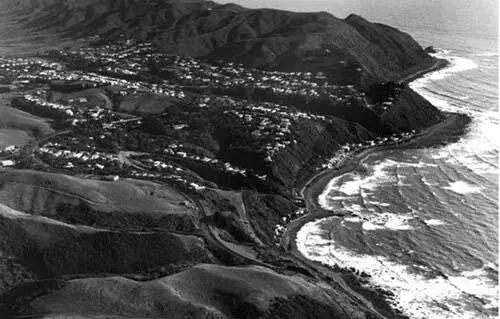
Pukerua Bay – my parents bought a tiny cottage there after their wedding, and that’s where I lived for my first twenty-six years. Our house was perched on the top of cliff above the sea. A great place to grow up.
Ever Conceived by Man! Out-thrilling the Wildest Thrills! Out-leaping the Maddest Imaginings!’
Cavalier film-maker Carl Denham picks up pretty blonde Ann Darrow, down on her luck on the streets of depression-racked New York, and whisks her off to an exotic, dangerous world of primal fantasies. ‘It’s money and adventure and fame,’ Denham promises her. ‘It’s the thrill of a lifetime and a long sea voyage that starts at six o’clock tomorrow morning…’
It was also, if she had but known it, an excuse to re-live, with variations, a scenario borrowed from an old fairy-tale: ‘It’s the idea of my picture,’ Denham confides to first mate Jack Driscoll. ‘The Beast was the tough guy. He could lick the world. But when he saw Beauty, she got him. He went soft. He forgot his wisdom and the little fellas licked him…’
Ann Darrow and Kong re-enact an eighteenth-century fable in a contemporary twentieth-century setting, featuring, in its climactic sequence, what was, at the time, the newest icon of human endeavour and achievement: the 102-storey-high Empire State Building, completed only two years before King Kong was made.
But the appeal of King Kong – in 1933 or 1969 – is that its heroes and heroine forsake the world of today to go in search of a place where mysteries and wonders can exist without explanation or rationalisation. The SS Venture steams away from the steel-and-concrete civilisation of New York City and heads for a location not found on any map or chart: a land that time forgot filled with palaeontological nightmares; a carnival freak-show of savages and monsters; Skull Island…
And what did it mean to the young boy watching this story unfold to the orchestrated snarl and gnash of dinosaurs, the enraged bellowings of a great ape and the endless, ear-piercing screams of a woman in peril? Peter recalls…
Читать дальше
